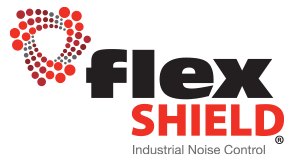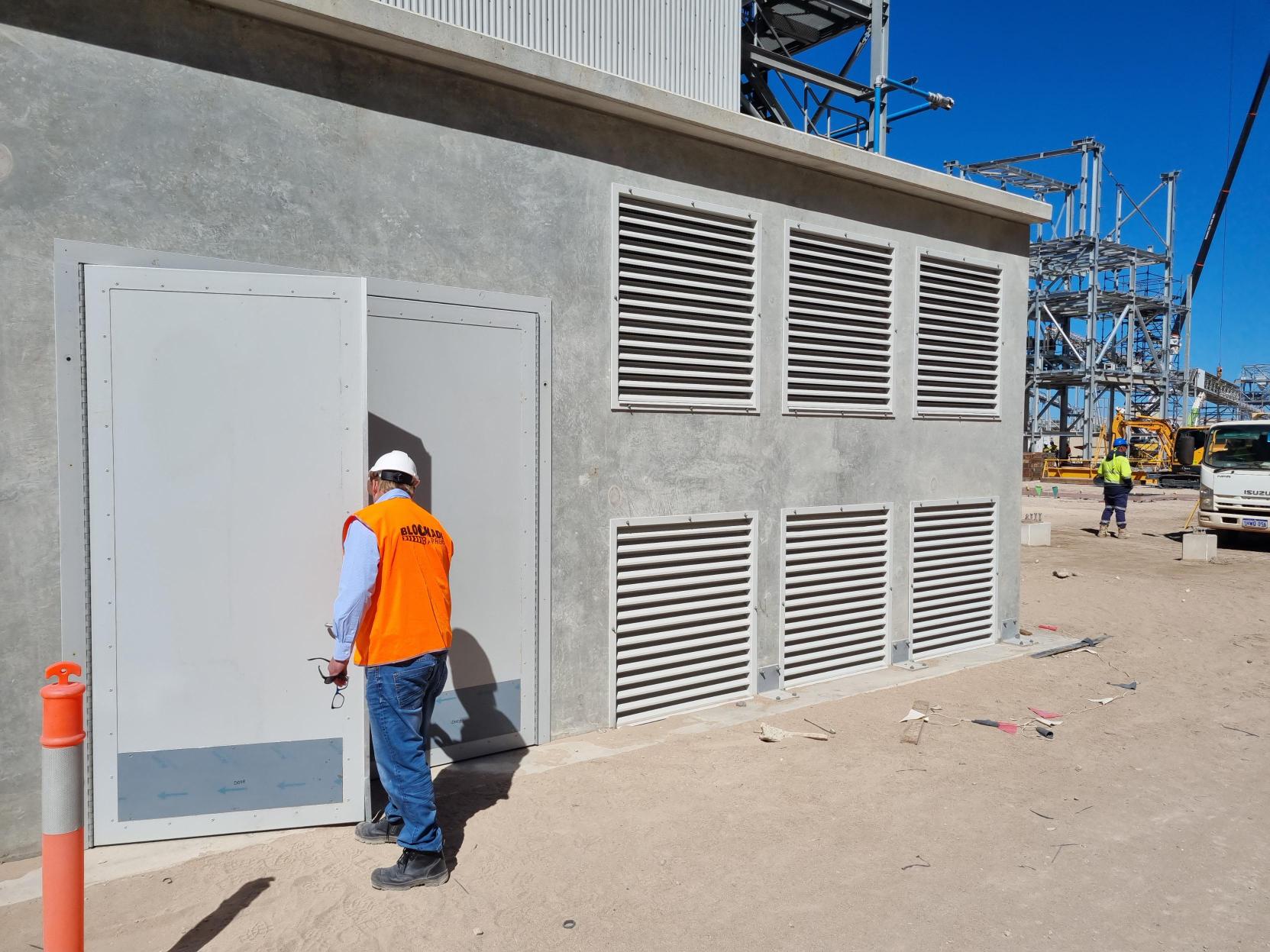Call 1300 799 969 | Contact Us


Home » Mitigating environmental noise in Australian infrastructure projects
Environmental noise is a significant concern for infrastructure projects across Australia. From construction sites to road developments, managing noise is important to ensuring regulatory compliance, protecting the health and safety of workers, and maintaining positive community relations.
Understanding the regulatory landscape is one of the first steps in managing environmental noise. Noise regulations can vary by state and local council, but generally, they adhere to guidelines set by bodies like the Environmental Protection Authority (EPA).
Understanding and adhering to these regulations avoids legal issues and helps maintain a positive relationship with the local community.
Effective noise management begins with a thorough assessment and continuous monitoring. Project managers should ensure they carry out:
To minimise noise impacts, a variety of products and strategies can be employed, including:
These heavy-duty, sound-absorbing curtains can be hung around noisy areas to reduce sound transmission. They are versatile and can be easily adjusted as needed.
Made from foam, fibreglass, or other materials, these panels absorb sound and reduce reverberation. They are useful for indoor or semi-enclosed spaces.
Sonic Access acoustic doors’ sophisticated design, customised solutions, and seamless installation make them ideal for industrial environments. They enable a quieter, more productive workplace, prioritising efficiency and employee wellbeing.
Specifically designed to minimise the impact of environmental noise in industrial and mixed commercial-use settings, Sonic Series acoustic louvres offer noise reduction for many applications, from ventilation systems to cooling tower inlet attenuators and screens.
Maintaining good relations with any project’s community is vital. Project managers should take care to ensure:
Effective noise management is crucial for the success of infrastructure projects in Australia. By understanding regulatory requirements, assessing and monitoring noise, implementing various mitigation products and strategies, and maintaining good community relations, project managers can ensure their projects proceed smoothly while minimising negative impacts on workers and the surrounding community. Proactive noise management not only helps in compliance, but also fosters a positive relationship with the community and enhances the overall success of your project.
For more detailed information on noise regulations and best practices, refer to your local Environmental Protection Authority (EPA) and industry guidelines.
By following these guidelines, project managers can navigate the complexities of environmental noise and ensure that their projects are compliant and community-friendly.
For engineered solutions for infrastructure applications, contact Flexshield on 1300 799 969.